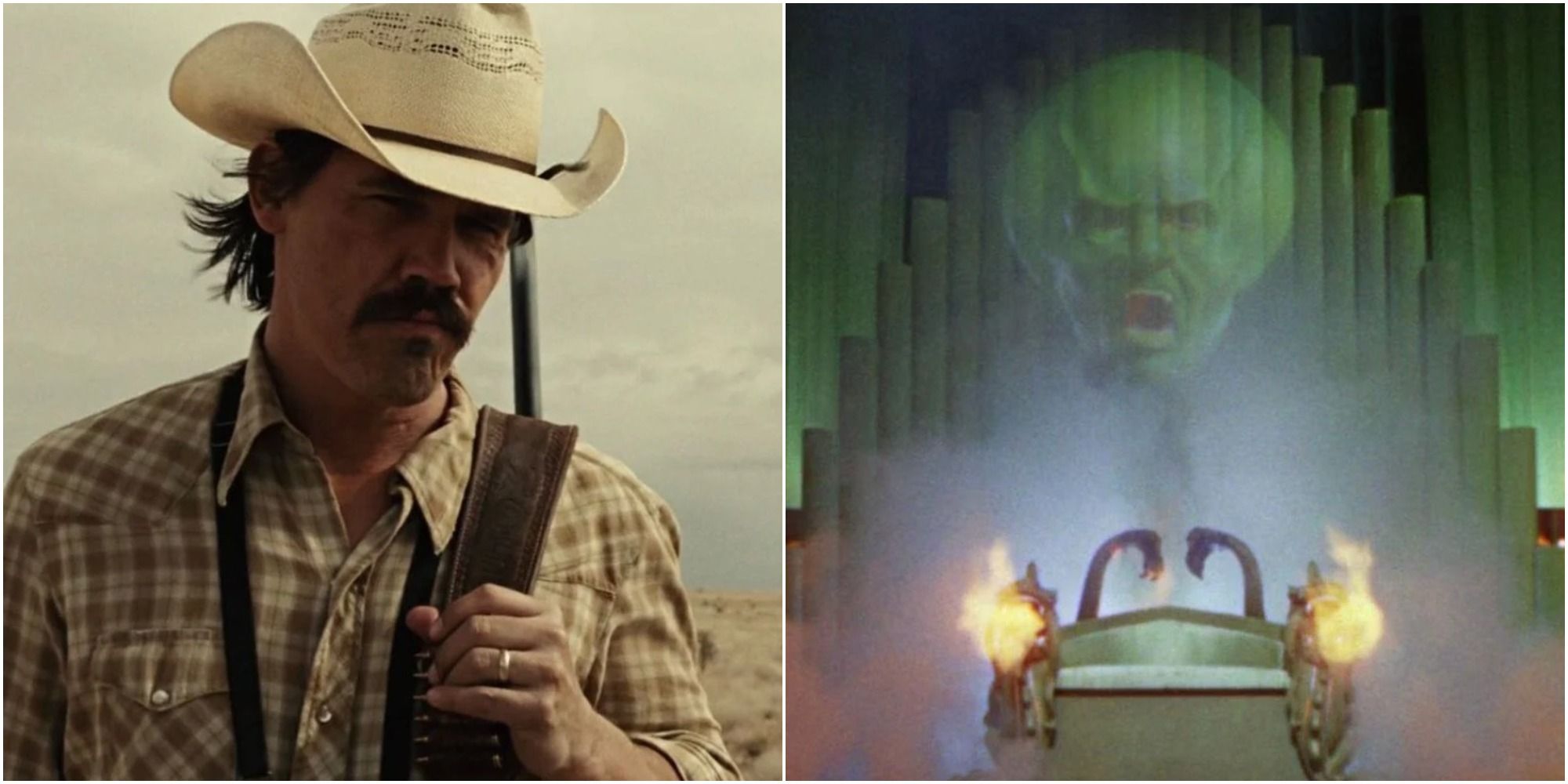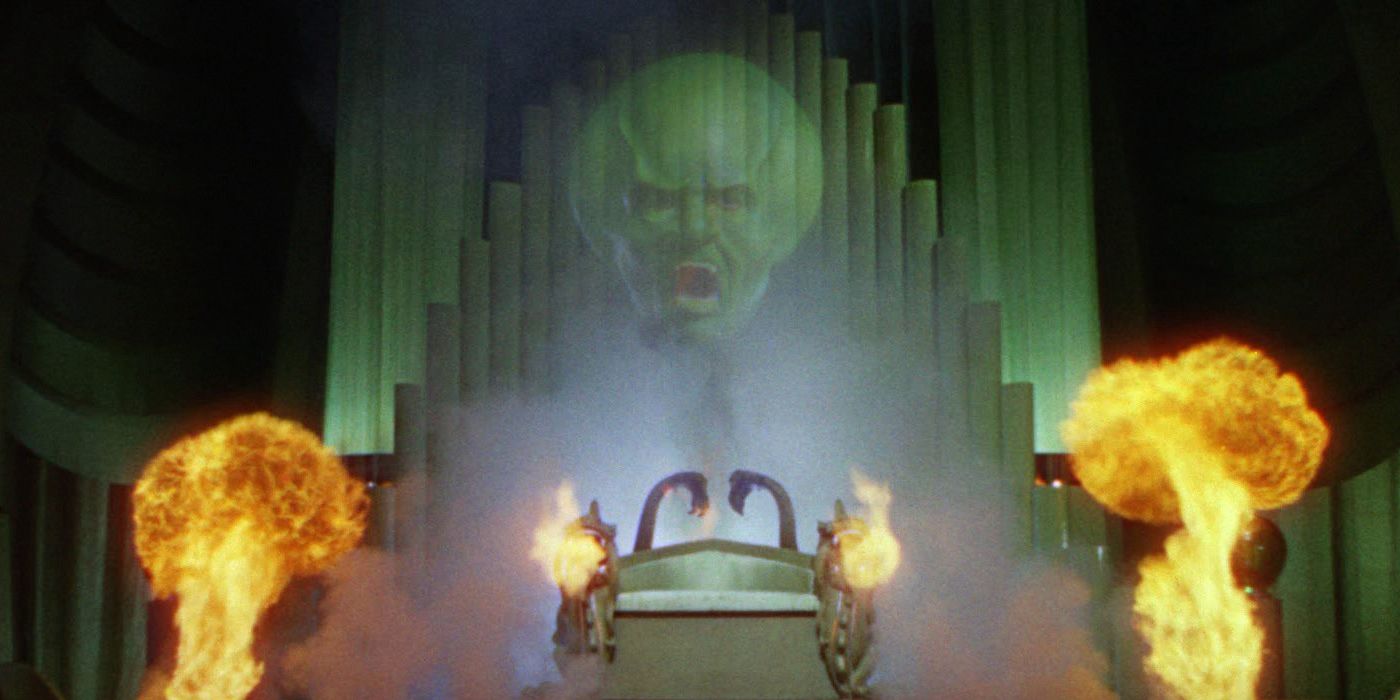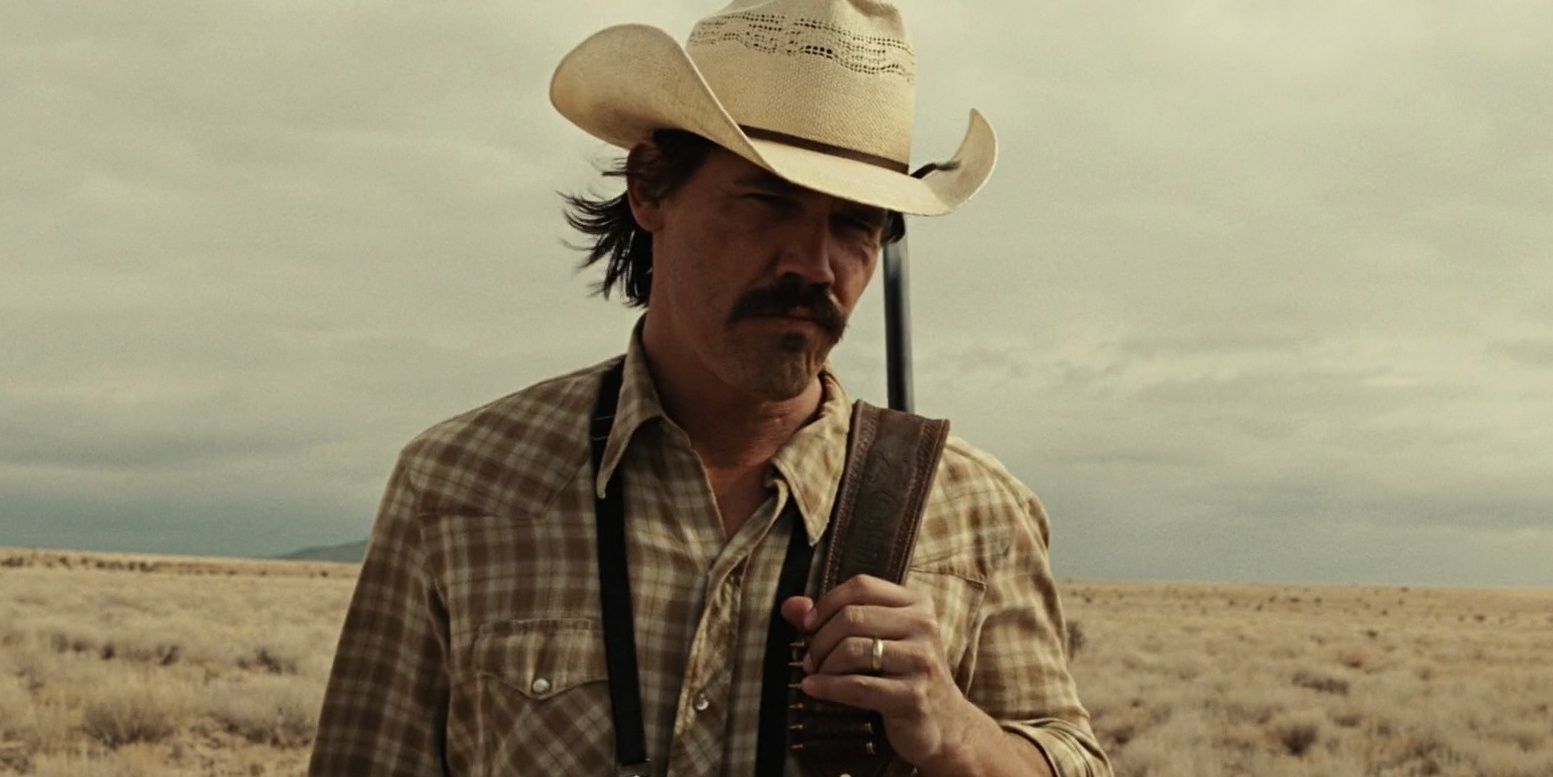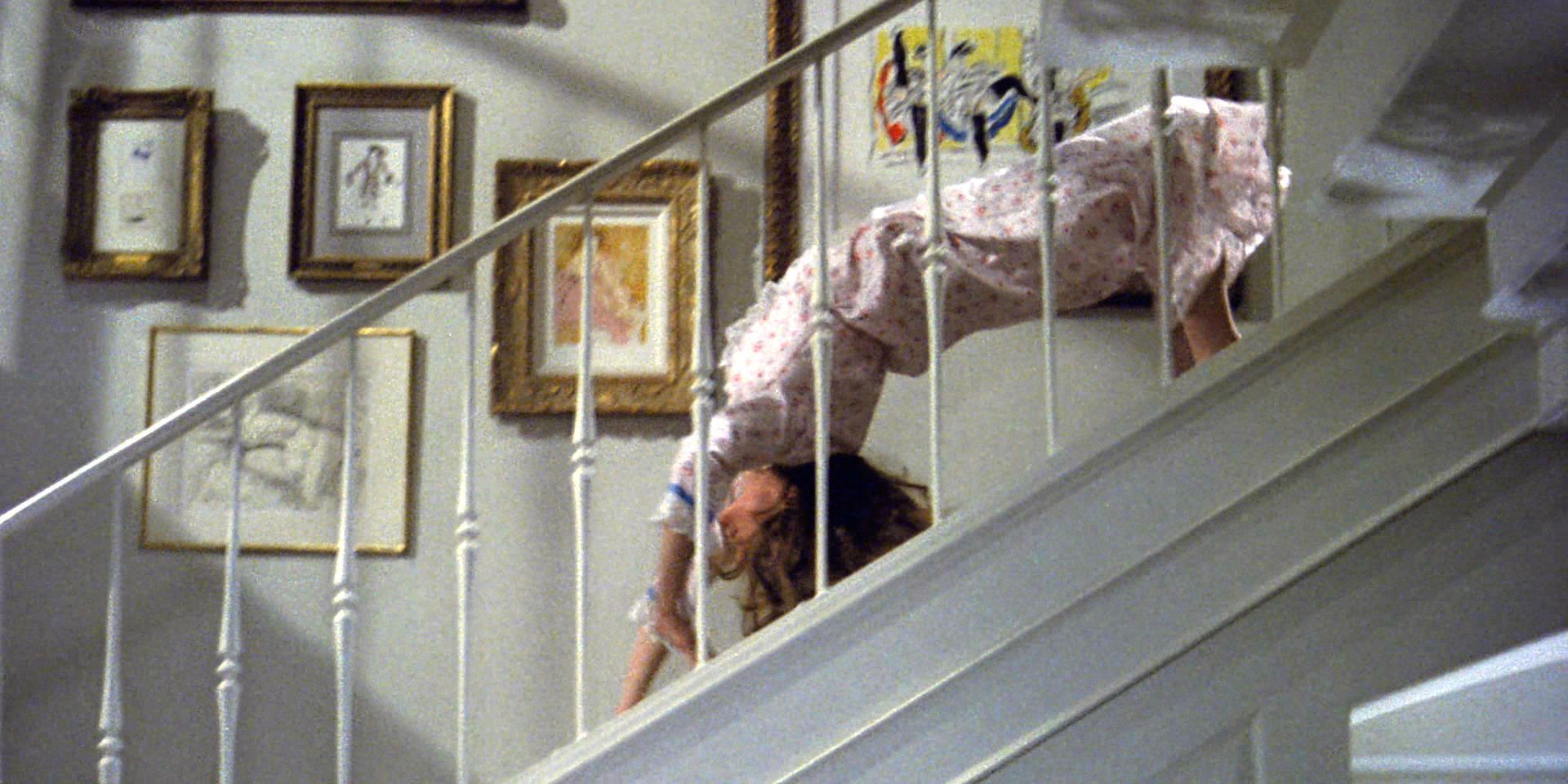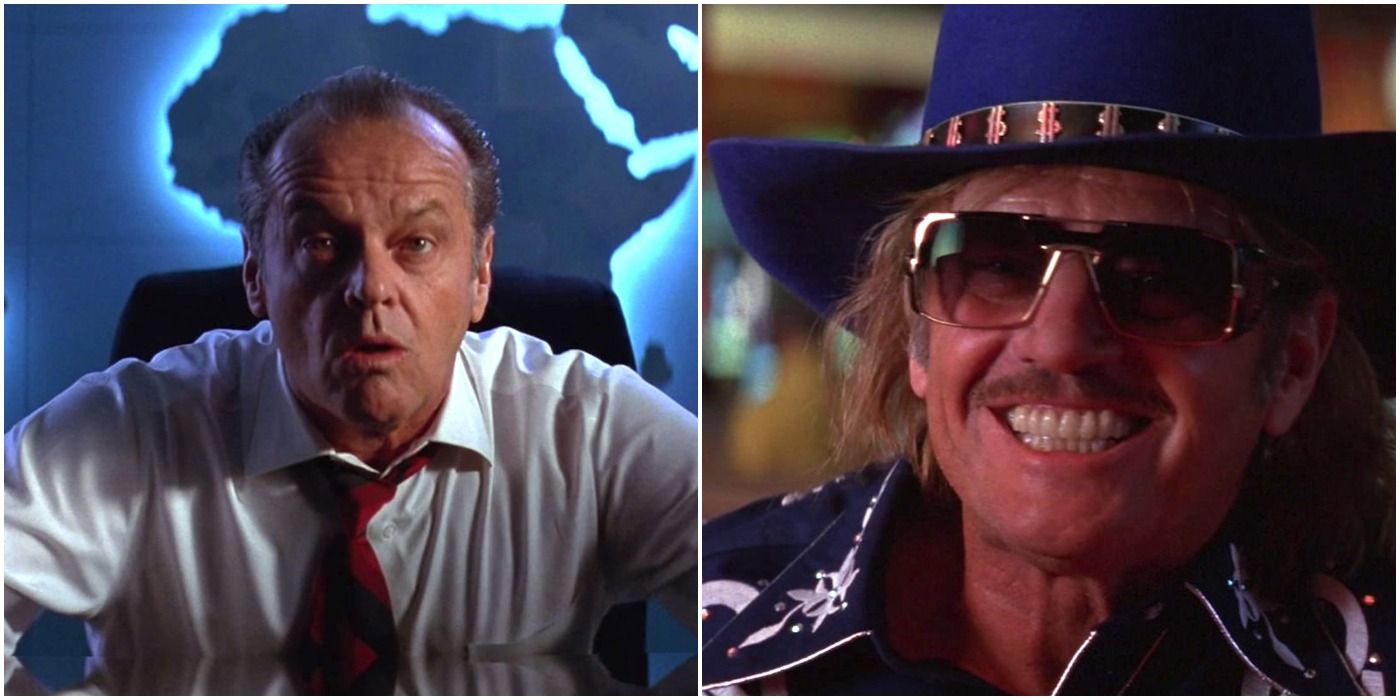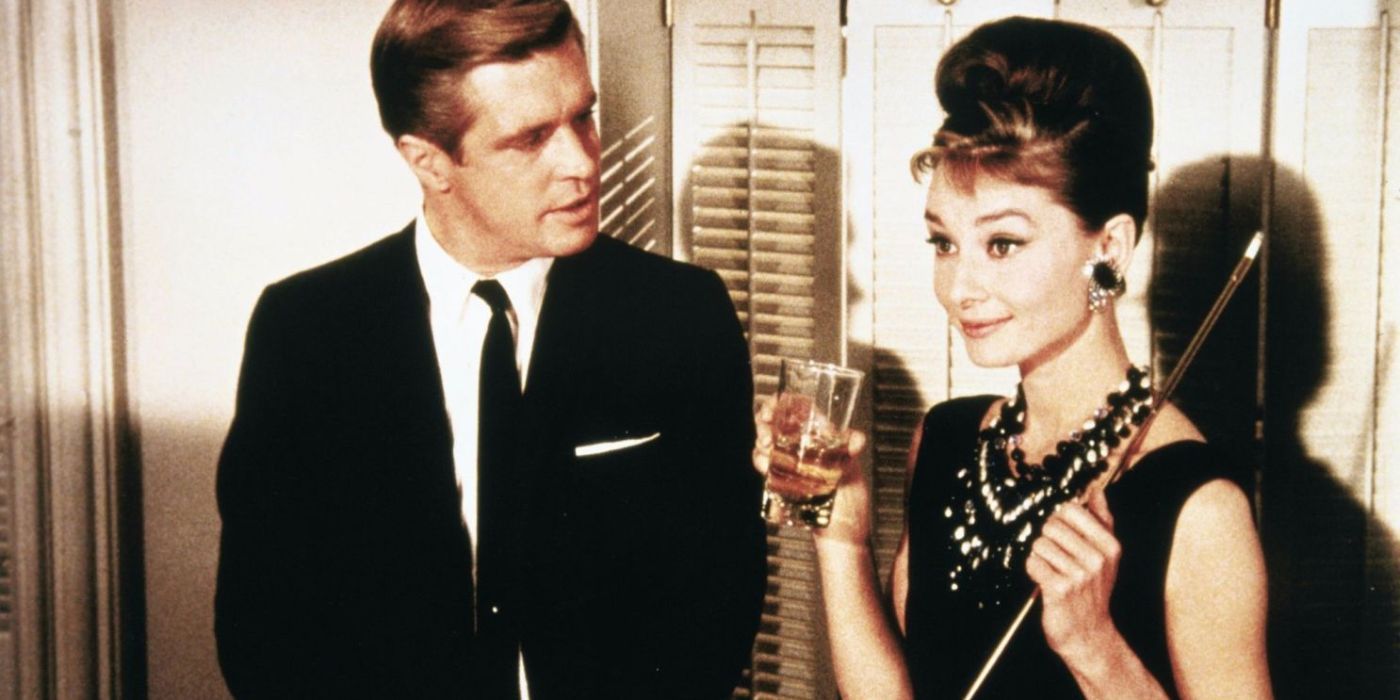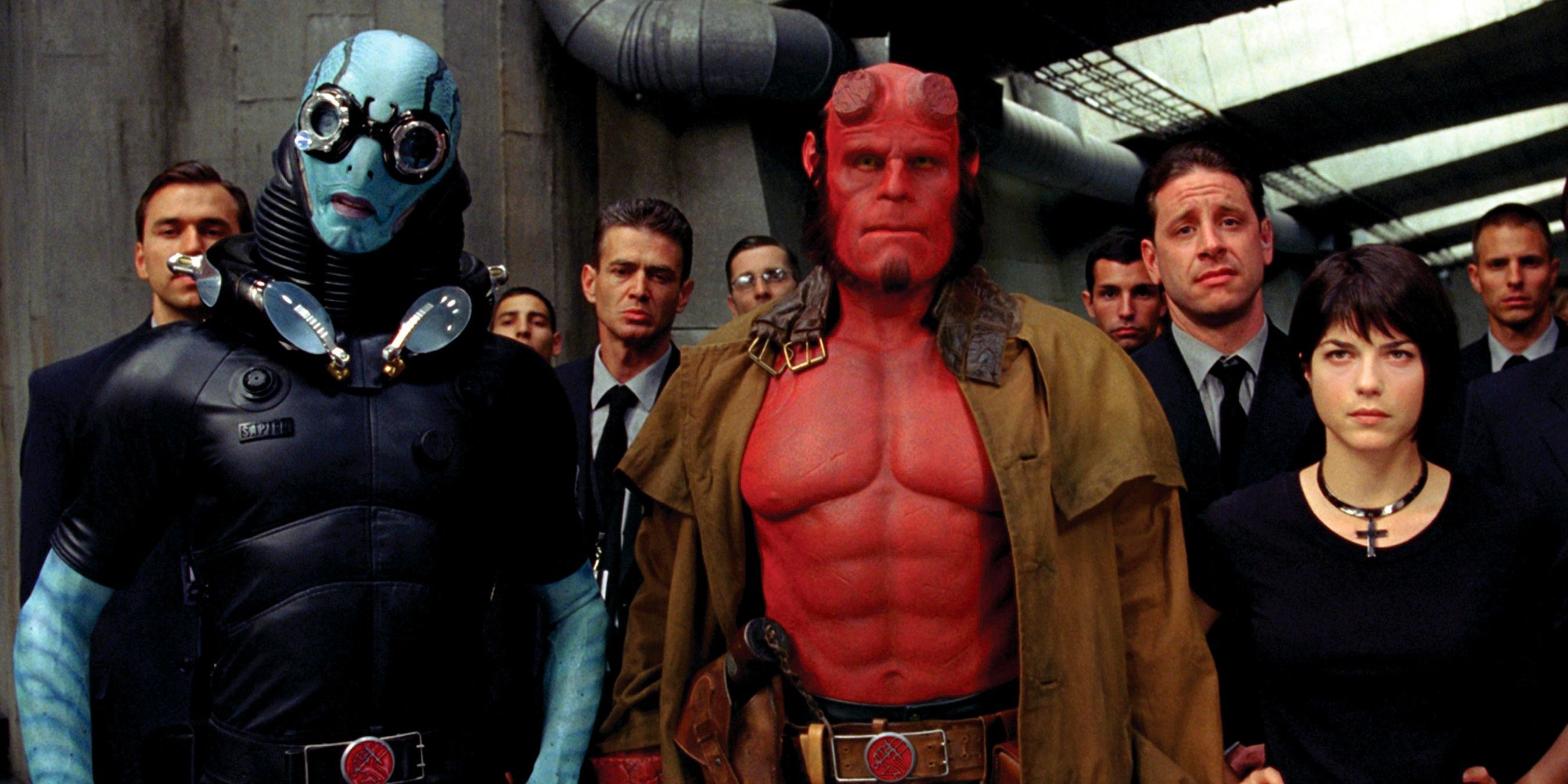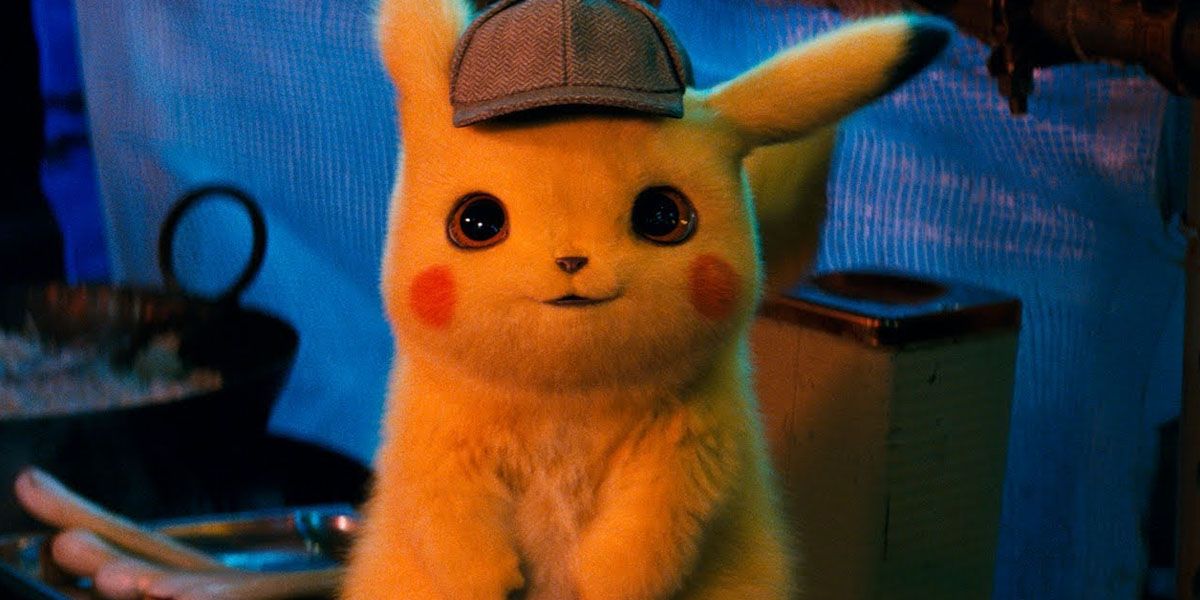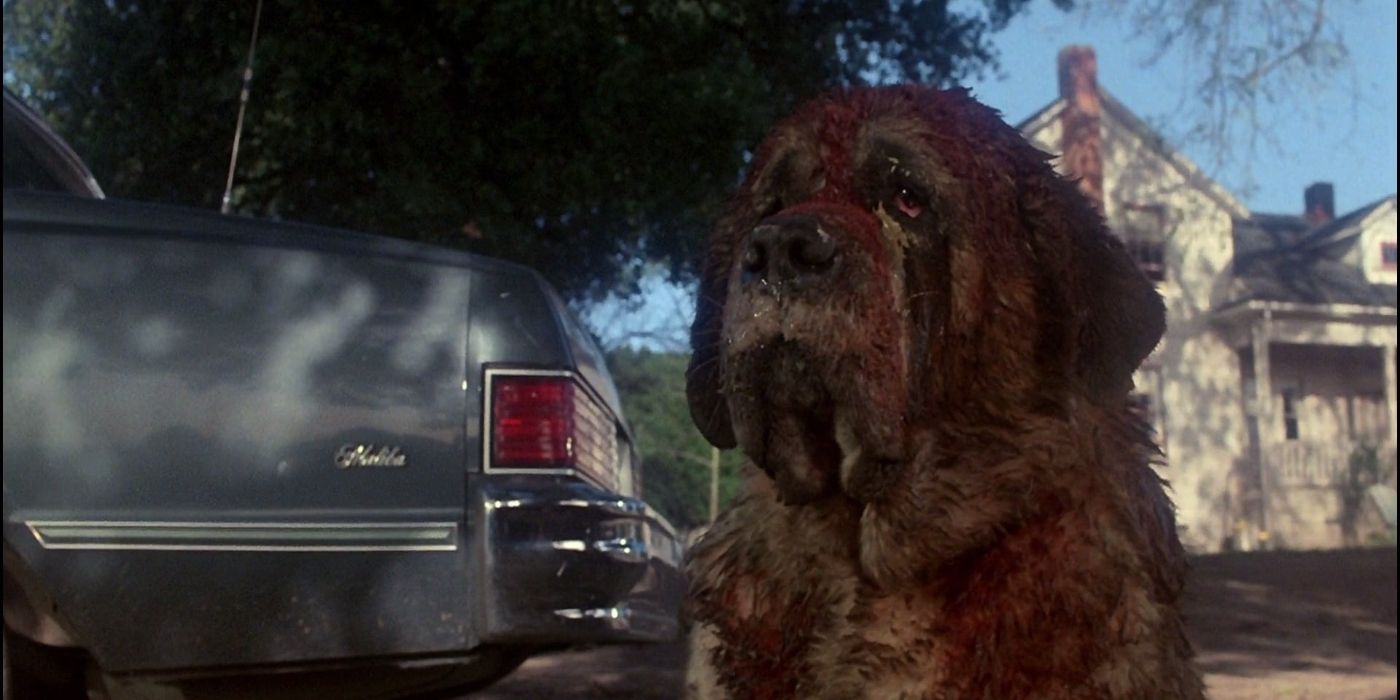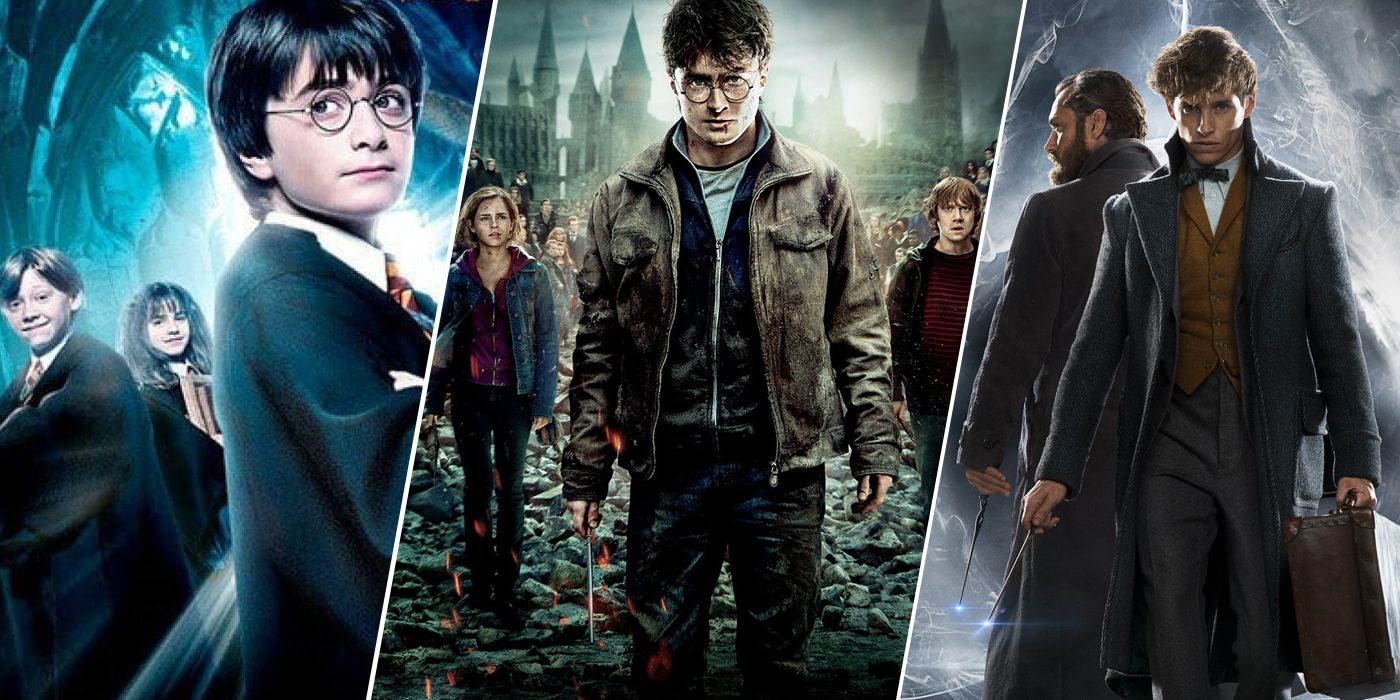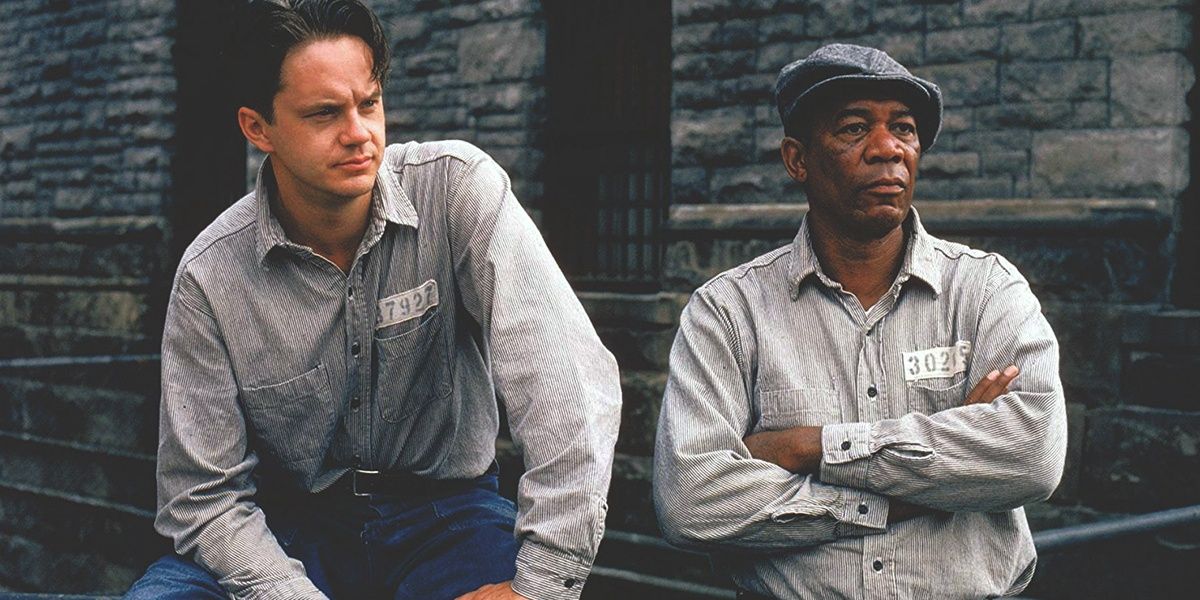Cinematic adaptations were an embryonic artform during the time of Georges Méliès' Cinderella (1899): a short film based on the Brothers' Grimm fairytale. Since then, countless movies have been adapted from existing literature, including novels, plays, short stories – and, more recently – video games and comic books.
The burden of translation mostly lies on the director, but editors, screenwriters, and cinematographers also play a major role in bringing adaptations to life. Although many movies stray from their source material, there are a few shining examples that illustrate the exact opposite – perhaps too well in some cases.
10 The Wizard Of Oz (1939) Didn't Lose Sight Of The Author's Whimsical Vision
The Wizard of Oz broke ground when it was released, cementing Judy Garland's Dorothy Gale as one of the most iconic film characters of all time. The movie frames its Technicolor vibrance between a sepia-toned opening and closing scene, which was an artistic choice that underscores the inimitable surrealism the Land of Oz is famous for.
The 1939 movie adapts the first of L. Frank Baum's fourteen-novel series without losing the author's whimsical vision – a task that's far more subjectively interpretable than it sounds.
9 No Country For Old Men (2007) Replicated Cormac McCarthy's Unique Writing Style In Visual Form
Cormac McCarthy's work is filled with long-winding (albeit perfectly grammatical) sentences that reveal his impeccable eye for detail. His stories are often brutal, but they generally pay homage to the eccentricities implicit in most human behaviors and interactions.
Joel and Ethan Coen borrowed McCarthy's 2005 novel, No Country for Old Men, and went on to sculpt a visual masterpiece that won the Best Feature Film Oscar in 2008. The movie's languid pace, pared screenplay, and caustic wit are more than a match for the book.
8 The Exorcist (1973) Was Written By William Peter Blatty, The Novel's Author
The Exorcist arguably set the stage for the future of cinematic horror. The movie's tremendous influence earned it a Best Feature Film nomination at the Academy Awards: a first for the horror genre. The 1971 novel by William Peter Blatty was revised for the screen by the author himself.
This explains why the book and movie share so many common elements, from Regan's macabre personality after her possession by Pazuzu to the crises of faith experienced by Father Karras. The Exorcist still packs a hefty punch nearly half a century after its release.
7 Mars Attacks! (1996) Reinforced The Viscerality Of The Trading Card Series With A Stellar Cast
A Tim Burton creation, Mars Attacks! is a masterclass in parodying the sci-fi genre, particularly alien attacks. The movie's failure at the box office and inconsistent critical reception don't make it any less radical, even if it's a bit ham-handed at times.
Unlike the trading cards it's based on, Mars Attacks! benefits from a roster of incredible actors and performers, including Pierce Brosnan, Natalie Portman, Tom Jones, Sarah Jessica Parker, Jack Black, and Jack Nicholson – to name a few. However, the sheer brutality of the invading Martians is as visceral and authentic in the movie as in the card series.
6 Breakfast At Tiffany's (1961) Audrey Hepburn Was A Pitch-Perfect Holly Golightly
Truman Capote's Breakfast at Tiffany's (1958) describes its protagonist, the flighty Holly Golightly, with warmth, candor, and a small dose of cautious optimism. Golightly's bizarre personality and lofty ambitions form the crux of the novella, so the movie adaptation's bottleneck for success naturally lay in the casting process.
Fortunately, Blake Edwards' Breakfast at Tiffany's incorporates the ineffable charm of Audrey Hepburn, whose portrayal of Golightly took Hollywood by storm. While Capote believed that Hepburn was an inadequate choice for the role, most contemporary critics strongly disagree with the author's assessment.
5 Hellboy (2004) Captured The Tenacious Essence Of The Comic Book Series
Mike Mignola and John Byrne's Hellboy comic series has become legendary over the past few decades, in part due to Guillermo del Toro's sharp-eyed insight. The director's work on Hellboy was praised by reviewers, who called it "bizarre and loopy, romantic and dynamic."
The film had its dissenters as well, claiming that "there is plenty that flat-out doesn't make sense." Although Ron Perlman's version of Hellboy is slightly less hardened than in the comics, the movie managed to capture the tenacious spirit of the original narrative.
4 Detective Pikachu (2019) Was Praised By The Fandom For Its Believable Protagonist
Detective Pikachu is one of the best-reviewed video game film adaptations, second only to The Angry Birds Movie 2 (2019). Ryan Reynolds voices the titular character in this Pokémon movie, earning kudos for his performance.
Critical responses to Detective Pikachu came in a variety of flavors — some reviewers complained that the film could have enriched its premise by shaving off extraneous subplots. Nevertheless, reactions from the fandom were considerably more positive.
3 Cujo (1983) Remained Excruciatingly Faithful To Its Source (Until The End)
A large number of author Stephen King's books have been adapted for cinema and television since the success of Carrie (1976). Novels like The Shining (1977), It (1986), and even pulp thrillers like Pet Sematary (1986) translated into iconic examples of cinema under the guidance of their respective directors.
Cujo (1981) is one of those King books that many people have read (or at least watched the film version of), but it doesn't have the same pop-cultural impact as his major works. And yet, the movie Cujo remains excruciatingly faithful to its source; the only deviation takes place in the final scenes.
2 The Harry Potter Franchise Relied On Flawless Casting To Make The Transition Smoother
The Harry Potter casting team discovered Emma Watson and Rupert Grint with little effort, as both actors shared several of the tics and trademarks of their respective characters. The search for Harry Potter took a lot more time and hundreds of hopeful auditioners.
Director Chris Columbus eventually settled on Daniel Radcliffe, whose selection received exuberant approval from J.K. Rowling. The Harry Potter franchise relied heavily on the similarities between the book and movie characters, a casting philosophy that was later applied to Fantastic Beasts with great success.
1 The Shawshank Redemption (1994) Is A Near-Perfect Distillation Of Stephen King's Novella
The Shawshank Redemption was adapted from Stephen King's Rita Hayworth and Shawshank Redemption (1982). The first half of the novella's title appears in the form of a Rita Hayworth poster that hangs on Andy Dufresne's wall for the first act and shields his nocturnal digging from the watchful warden.
Interestingly, King didn't believe that his book had enough meat to be worthy of a feature film, but writer-director Frank Darabont insisted on the opposite. Aside from a few character discrepancies, The Shawshank Redemption is a near-perfect distillation of King's story.

